
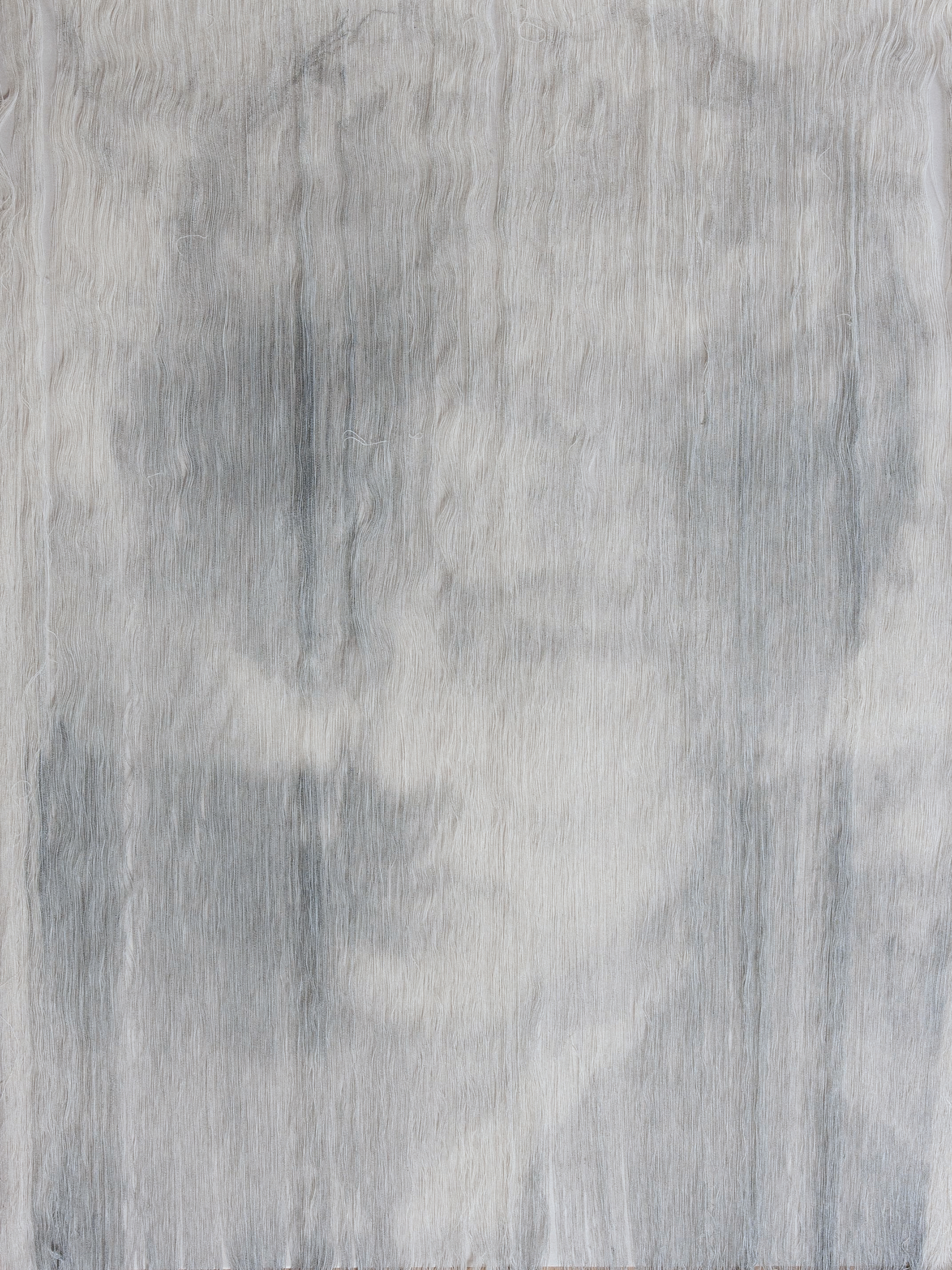
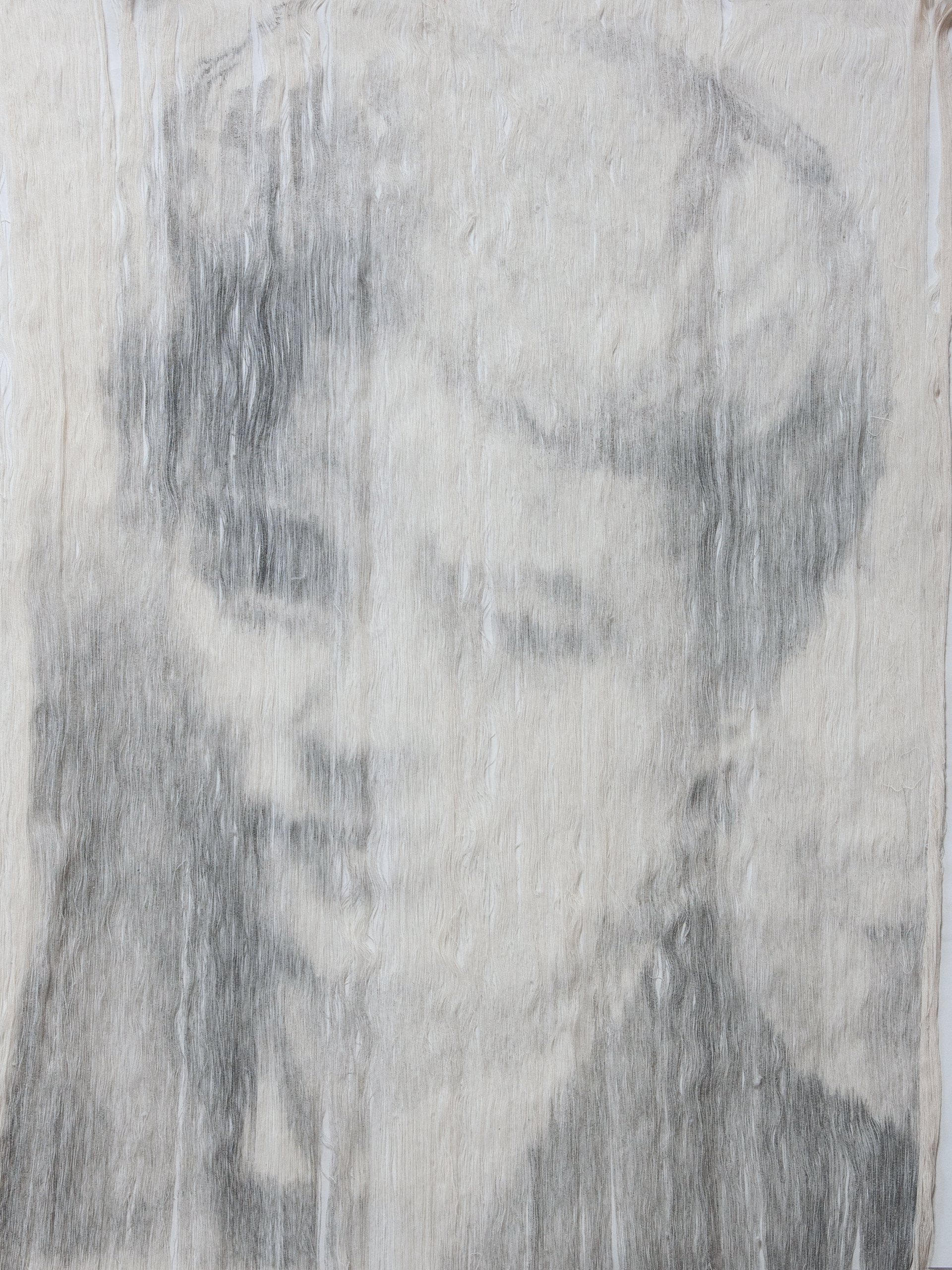

portrety 60x80 cm


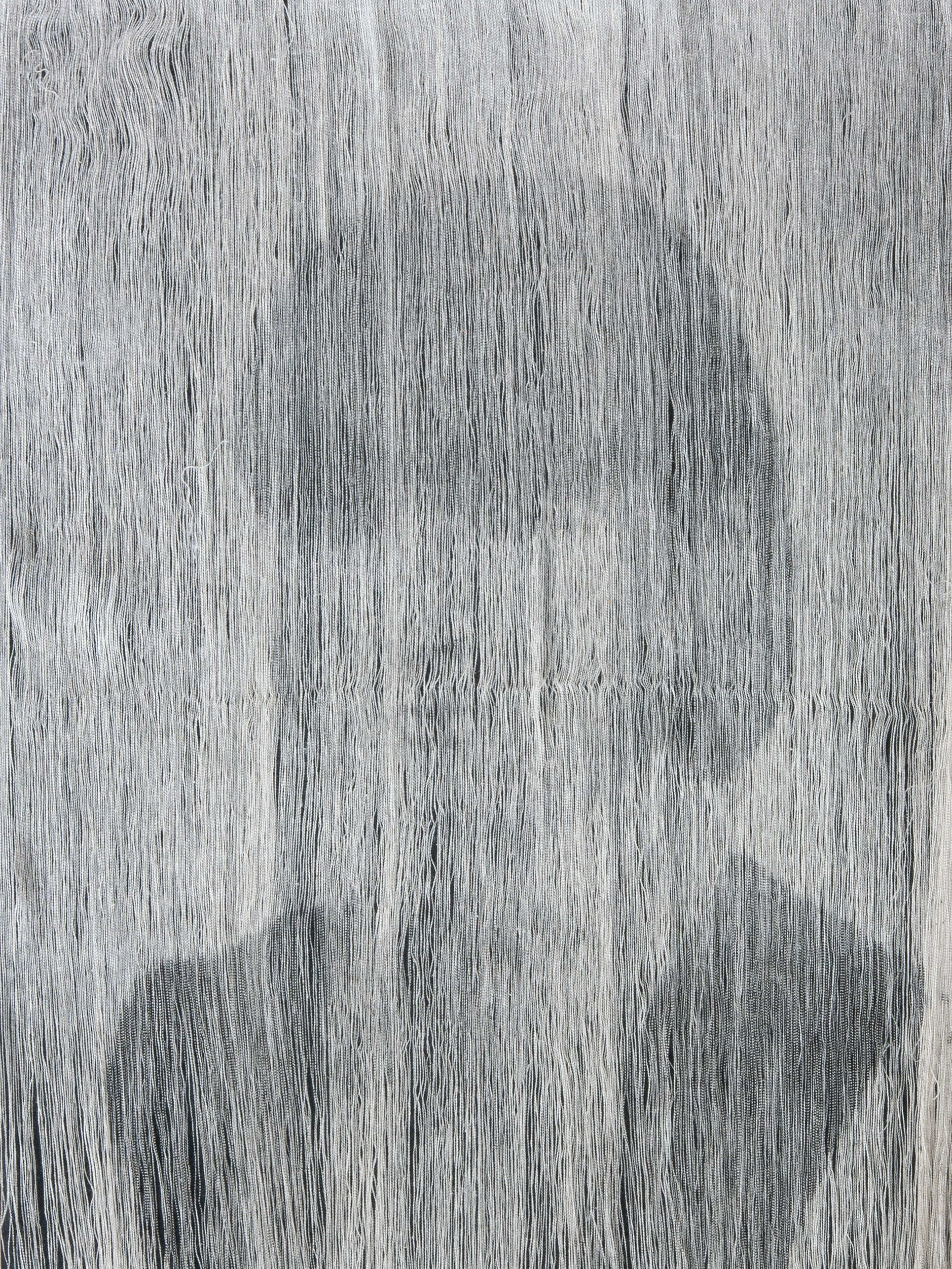




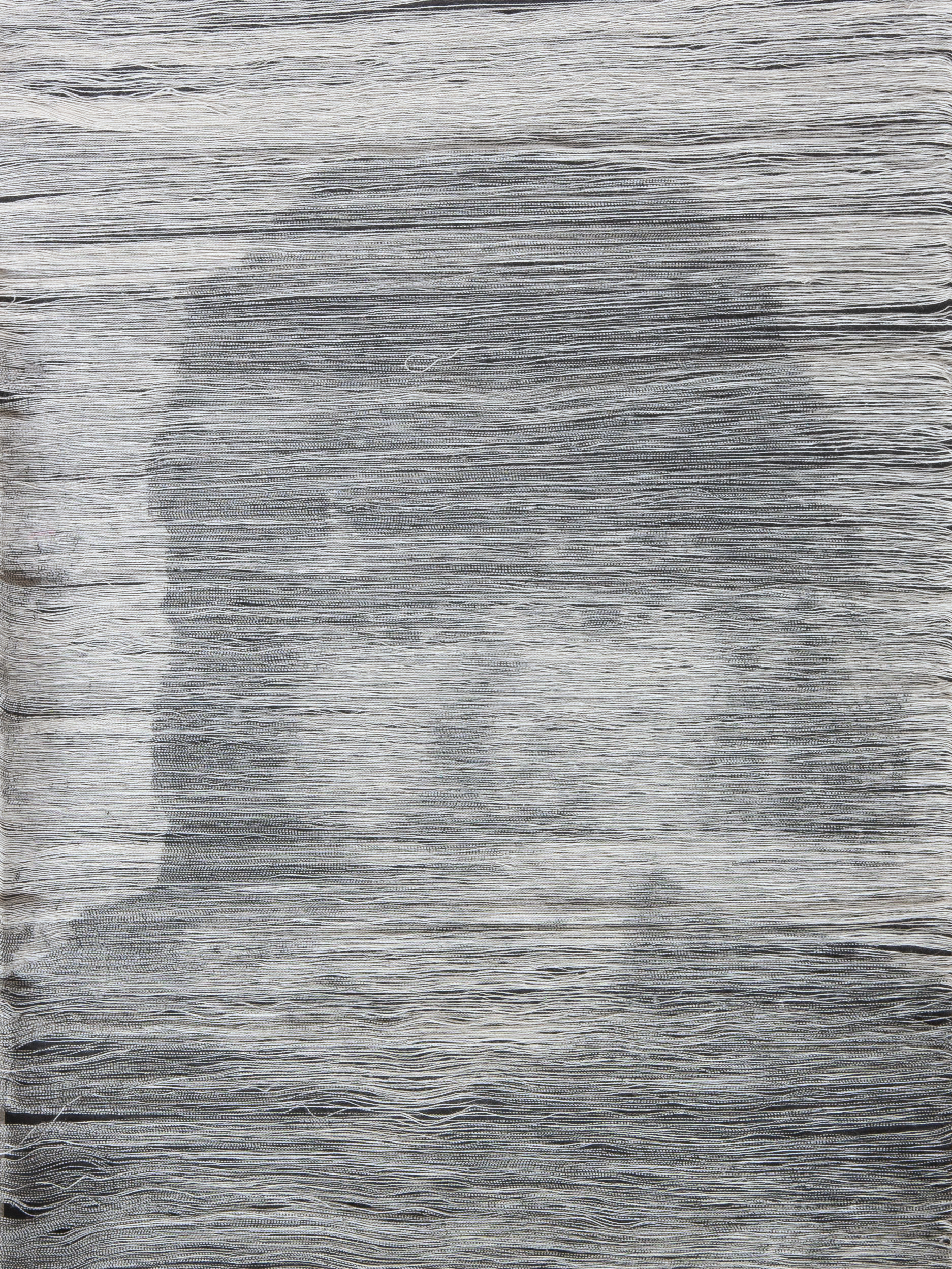


portrety 30x40 cm



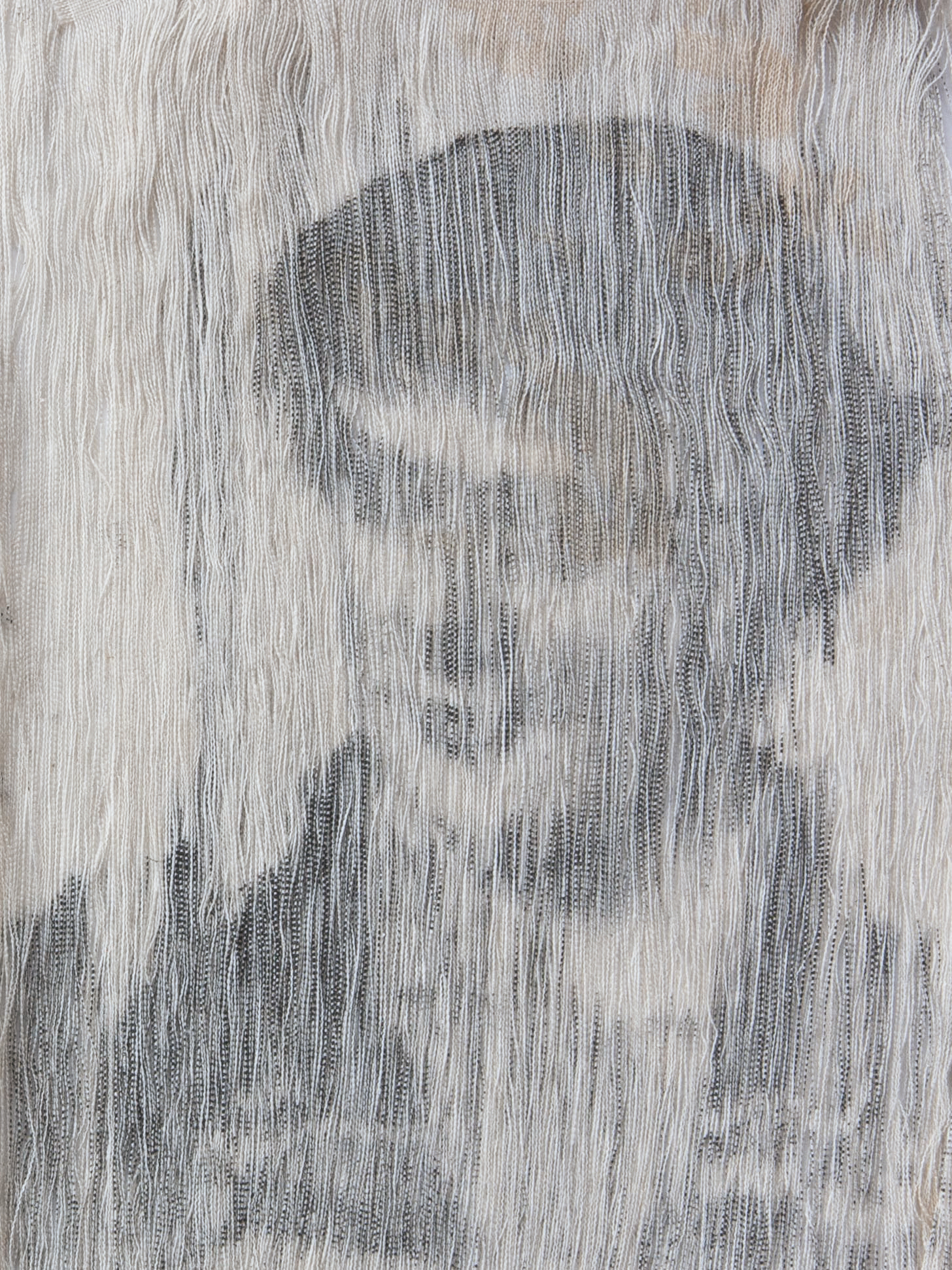


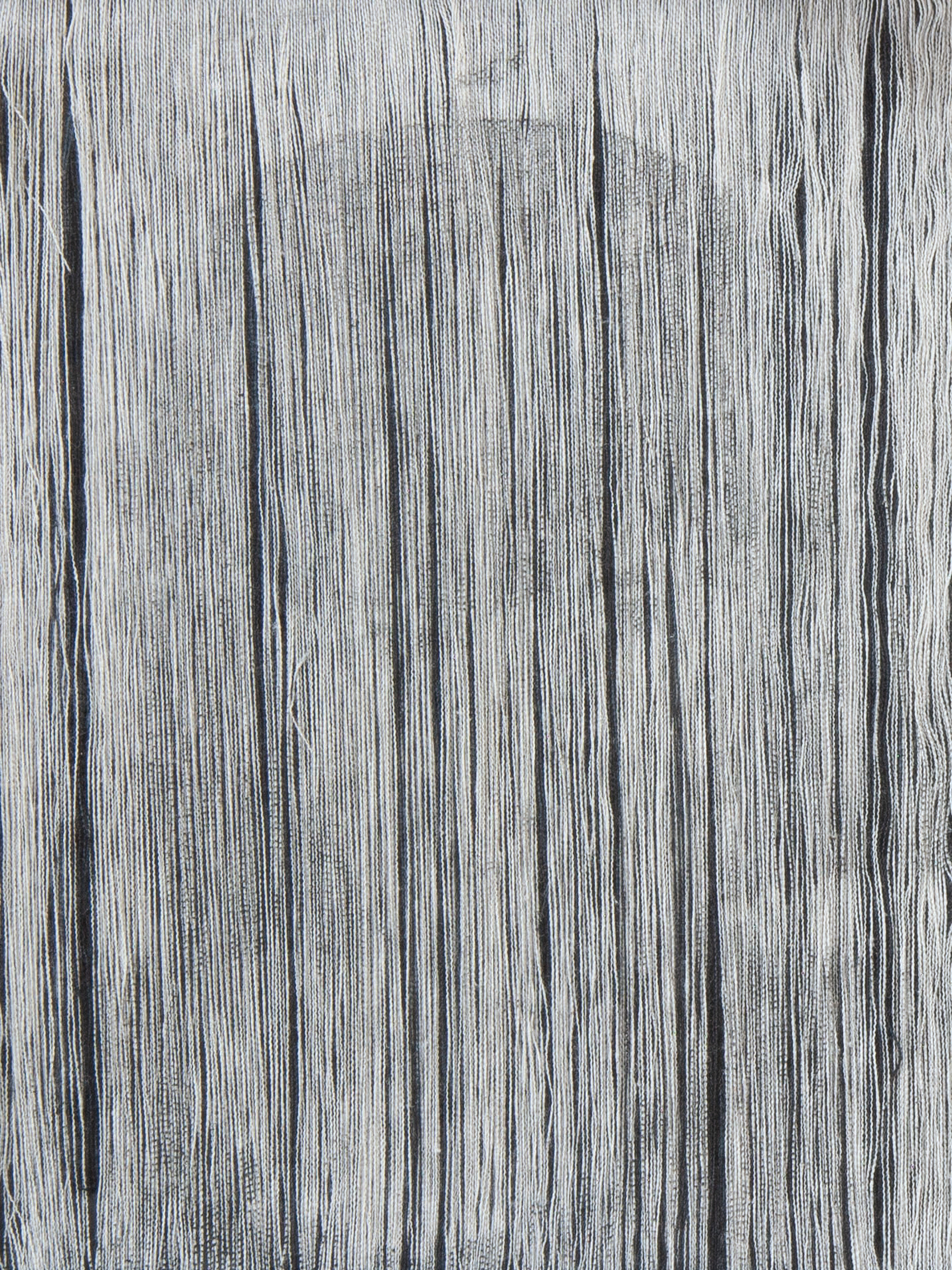


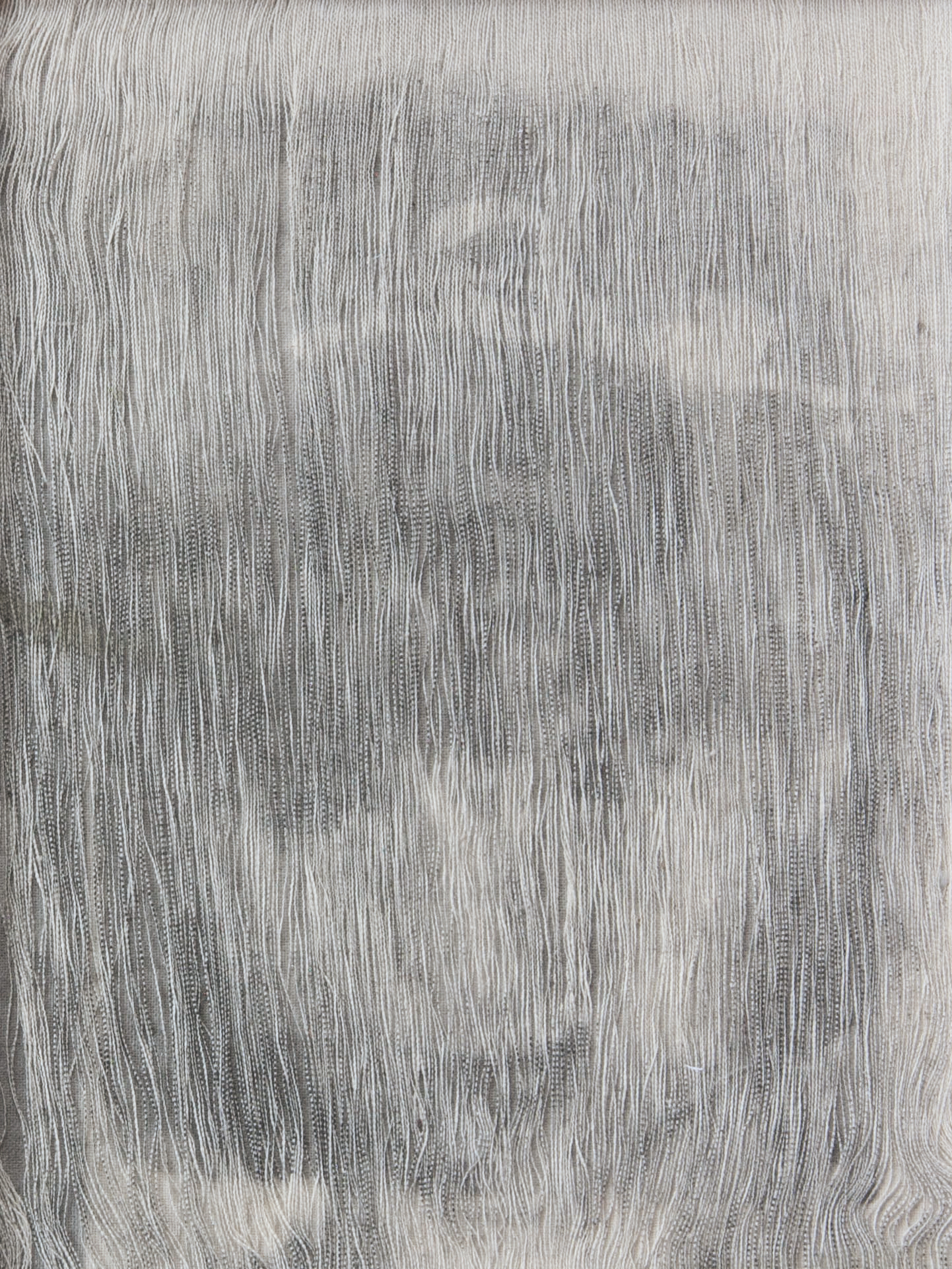






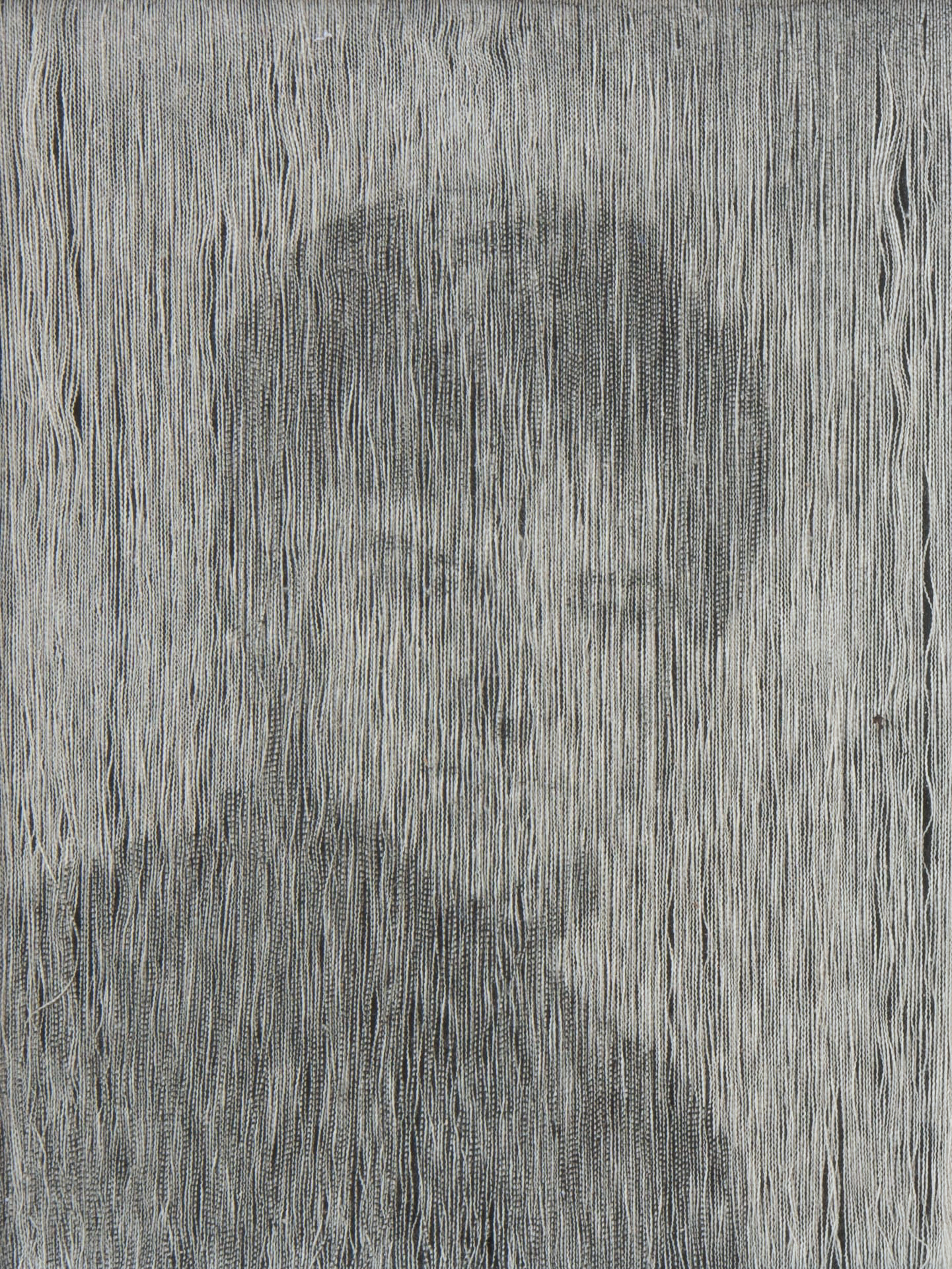








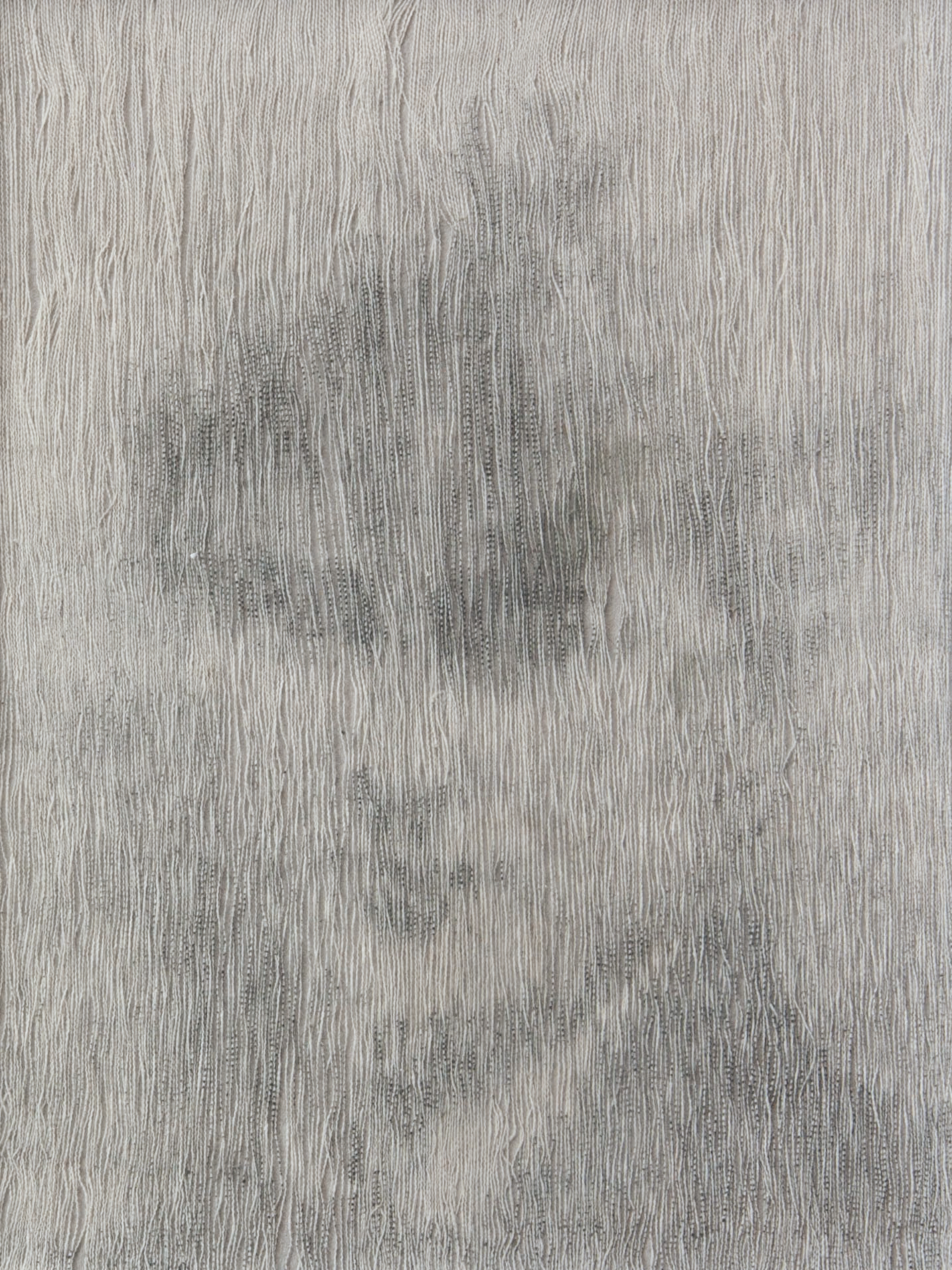








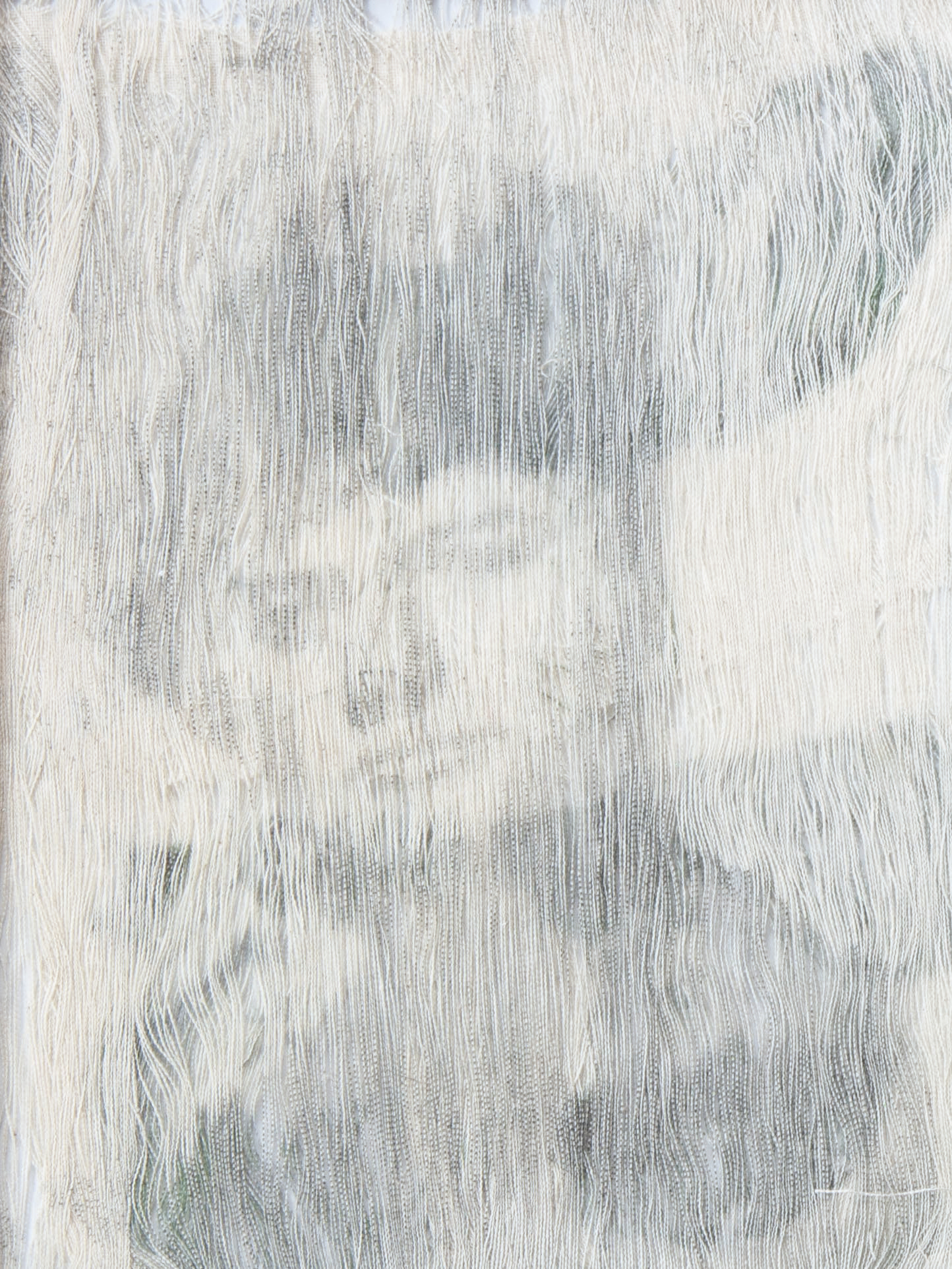












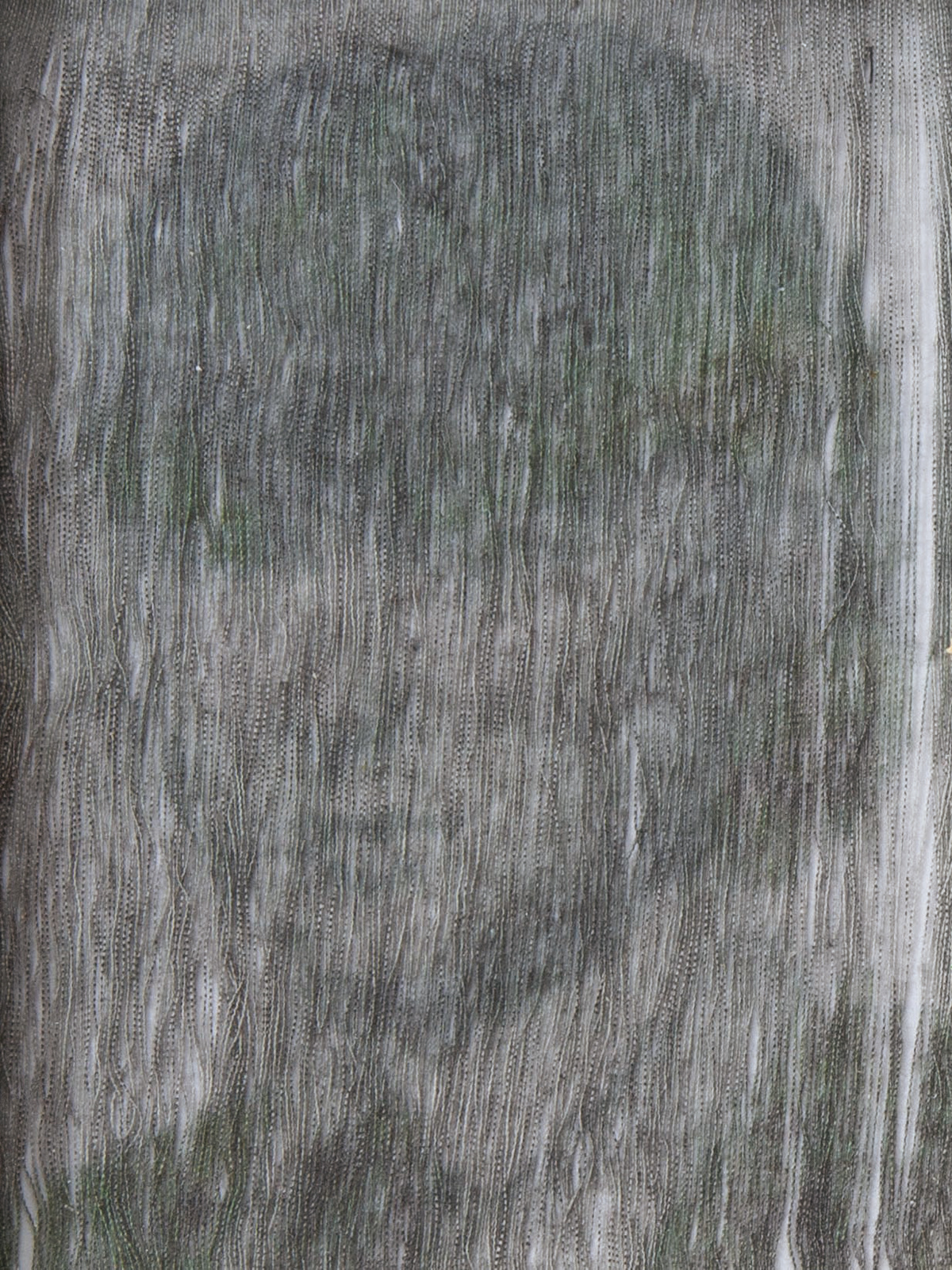








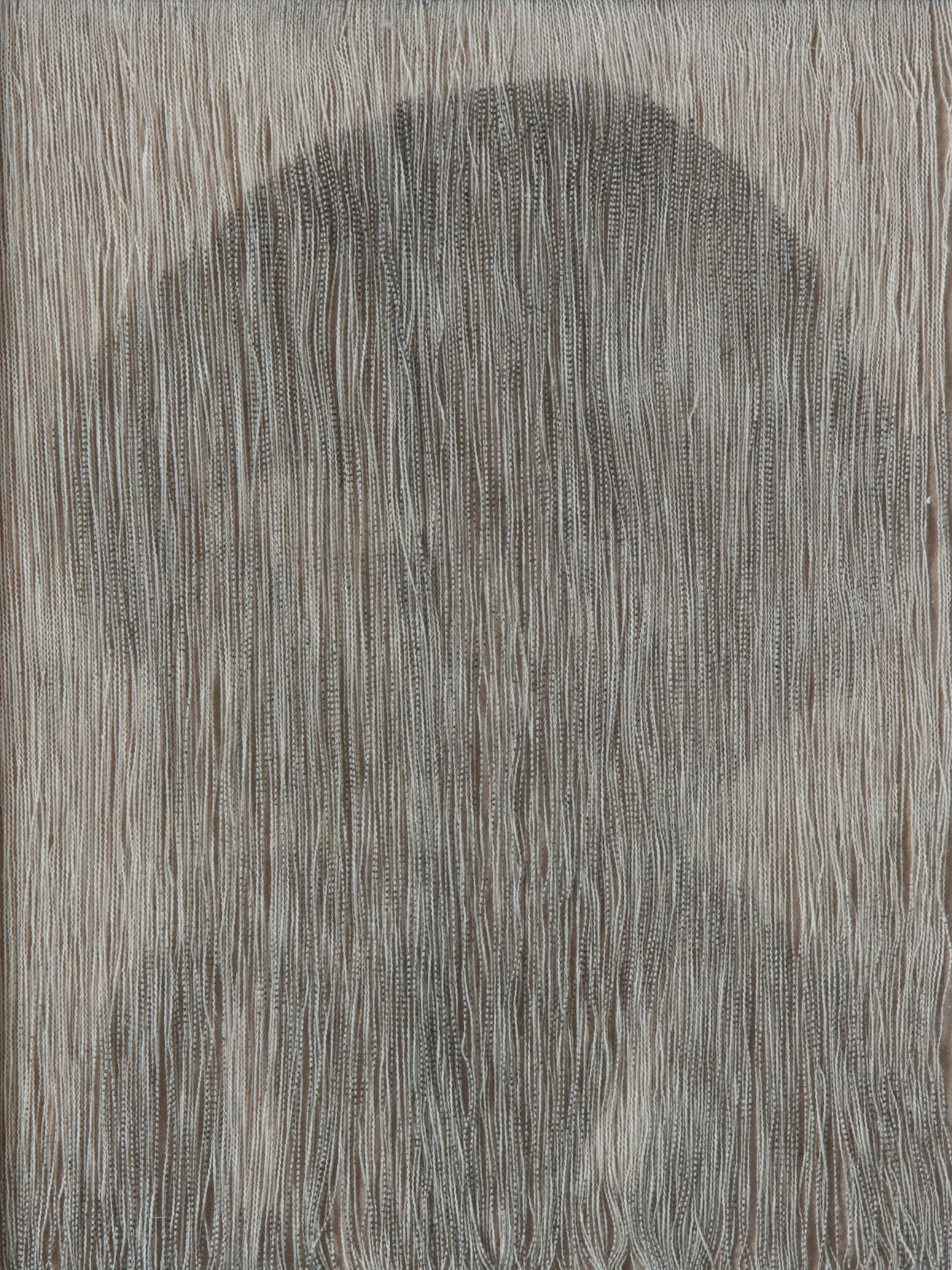

portrety 15x20 cm
Skrócony opis pracy doktorskiej
Wydział Grafiki Akademii Sztuk Pięknych w Warszawie
promotor: Błażej Ostoja Lniski
Portret pamięciowy nie kojarzy się pozytywnie. Znaczeniowo krąży wokół spraw
związanych z przestępstwem – z przypominaniem sobie osoby, która nas skrzywdziła.
związanych z przestępstwem – z przypominaniem sobie osoby, która nas skrzywdziła.
A przecież zarówno pamięć jak i portrety (wizerunki znanych nam osób) to zjawiska wpi-
sane w nasze normalne funkcjonowanie, budujące tożsamość, przynależność społeczną
sane w nasze normalne funkcjonowanie, budujące tożsamość, przynależność społeczną
i intymność. Arystoteles uważał, że umysł człowieka po urodzeniu jest jak tabula rasa –
niezapisana karta – że jesteśmy produktem życia, zapisujących się kolejno wspomnień.
niezapisana karta – że jesteśmy produktem życia, zapisujących się kolejno wspomnień.
Natura pamięci jest jednak inna. Nie da się jej odtworzyć jak filmu, jej kształt nieustan-
nie ulega zmianie – ma więcej wspólnego z budowaniem domku z kart na piasku.
nie ulega zmianie – ma więcej wspólnego z budowaniem domku z kart na piasku.
W kryminologii portretem pamięciowym nazywa się technikę śledczą, której
celem jest zidentyfikowanie osoby z pomocą słownego opisu świadka oraz sporządzo-
nego na jego podstawie wizerunku (nie tylko sam taki wizerunek). Metoda identyfikacji
nego na jego podstawie wizerunku (nie tylko sam taki wizerunek). Metoda identyfikacji
nie spełniła pokładanych w niej oczekiwań, ale to właśnie opracowana na jej potrzeby
systematyka stała się podstawą tworzenia portretów pamięciowych. Terminologia uży-
wana w tym procesie nie zdezaktualizowała się, jednak i w tym przypadku skuteczność
wana w tym procesie nie zdezaktualizowała się, jednak i w tym przypadku skuteczność
i poprawność metodologiczna metody budzą dziś poważne wątpliwości. Śledczy biorą
już pod uwagę, że okoliczności zdarzenia – długość okresu czasu spędzonego z oprawcą
czy psychiczna kondycja świadka – mają ogromny wpływ na to, jak dany portret będzie
już pod uwagę, że okoliczności zdarzenia – długość okresu czasu spędzonego z oprawcą
czy psychiczna kondycja świadka – mają ogromny wpływ na to, jak dany portret będzie
wyglądał, jednak im wnikliwsze są badania związane z pamięcią, tym bardziej uświada-
miamy sobie mnogość czynników wpływających na wierność, czy raczej brak wierno-
ści naszych wspomnień. Niektóre upośledzające zapamiętywanie mechanizmy sięgają
miamy sobie mnogość czynników wpływających na wierność, czy raczej brak wierno-
ści naszych wspomnień. Niektóre upośledzające zapamiętywanie mechanizmy sięgają
swymi korzeniami do przystosowań ewolucyjnych, które pojawiły się w naszej zamierz-
chłej gatunkowej przeszłości – np. gorsze rozpoznawanie rysów twarzy ras innych
chłej gatunkowej przeszłości – np. gorsze rozpoznawanie rysów twarzy ras innych
niż własna – ciężko jest więc z nimi walczyć, nawet gdy jest się w stanie je rozpoznać.
Pragnienie obecności – zdaniem Michała P. Markowskiego lezy u podstaw malar-
stwa i innych dziedzin sztuki. To pragnienie najsilniej rozbrzmiewa w próbach utrwale-
nia wizerunku bliskich nam osób. Początki malarstwa opisane są przez Pliniusza w znanej
stwa i innych dziedzin sztuki. To pragnienie najsilniej rozbrzmiewa w próbach utrwale-
nia wizerunku bliskich nam osób. Początki malarstwa opisane są przez Pliniusza w znanej
legendzie. Córka garncarza Butadesa odrysowuje cień profilu głowy ukochanego uka-
zujący się w świetle dogasającej świecy. To dyskretne wyznanie miłości dokonuje się
zujący się w świetle dogasającej świecy. To dyskretne wyznanie miłości dokonuje się
bez patrzenia na twarz narzeczonego. Młody mężczyzna zostaje przemieniony w cień,
aby nie zniknąć całkiem – bez śladu. Jednocześnie, przez to utrwalenie, na zawsze
znika z pola widzenia swej ukochanej – jego wizerunek zastąpiony zostaje konturem
wypełnionym ciemnością.
Nie sposób nie zauważyć, że w przez całą historię portretu przewija się pragnie
nie unieśmiertelnienia i wiara w to, że sztuka możne pokonać śmierć. To pragnienie
zaprzeczenia przemijaniu, czy wręcz przywrócenia kogoś do życia jest silnie obecne
znika z pola widzenia swej ukochanej – jego wizerunek zastąpiony zostaje konturem
wypełnionym ciemnością.
Nie sposób nie zauważyć, że w przez całą historię portretu przewija się pragnie
nie unieśmiertelnienia i wiara w to, że sztuka możne pokonać śmierć. To pragnienie
zaprzeczenia przemijaniu, czy wręcz przywrócenia kogoś do życia jest silnie obecne
również w naszej przesiąkniętej multimediami współczesności. Fotografujemy, krę-
cimy filmy i animacje, niektórzy zachowują nawet zrzuty ekranowe z video-rozmów,
cimy filmy i animacje, niektórzy zachowują nawet zrzuty ekranowe z video-rozmów,
by dodatkowo zapisać emocje odbijające się na twarzach podczas tych wirtualnych spo-
tkań. Próbujemy na wiele sposobów zachować wspomnienia i oblicza bliskich nam osób.
tkań. Próbujemy na wiele sposobów zachować wspomnienia i oblicza bliskich nam osób.
Pomimo całego multimedialnego zaplecza technik utrwalania obrazu, w obliczu
rozłąki, rozstania, czy śmierci, okazuje się, że zdjęcia i filmy, to „za mało”. Mamy po-
trzebę „odtwarzania” we własnej głowie obrazu bliskiej osoby, ujrzenia jej tak real-
ną, jakby była rzeczywiście obecna. Pamięć przywołuje scenki z przeszłości, „puszcza”
trzebę „odtwarzania” we własnej głowie obrazu bliskiej osoby, ujrzenia jej tak real-
ną, jakby była rzeczywiście obecna. Pamięć przywołuje scenki z przeszłości, „puszcza”
urywki wspólnie spędzonych chwil. Problem pojawia się w momencie, gdy chcemy sku-
pić się dłużej na twarzy kogoś nam bliskiego. Nie jest łatwo utrzymać ten obraz „przed
pić się dłużej na twarzy kogoś nam bliskiego. Nie jest łatwo utrzymać ten obraz „przed
oczyma”. Spośród fragmentów wspomnień próbujemy wyłonić, niemalże „wyszarp-
nąć” i zatrzymać w znieruchomieniu twarz. Ten obraz ma w sobie coś nienaturalnego.
nąć” i zatrzymać w znieruchomieniu twarz. Ten obraz ma w sobie coś nienaturalnego.
We wspomnieniach wspólnych chwil jest mniej bądź więcej ruchu, zaś ta wyłoniona
tęsknotą twarz jest statyczna. Tkwi przez sekundę przyszpilona – jak wycięty fragment
stop-klatki na tle właśnie wyświetlanego filmu – po czym rozpływa się. Niemożliwe
jest uchwycenie jej na dłużej – twarz, o której myślimy, powoli zanika, pozostawiając
mgiełkę po swej niedawnej obecności.
tęsknotą twarz jest statyczna. Tkwi przez sekundę przyszpilona – jak wycięty fragment
stop-klatki na tle właśnie wyświetlanego filmu – po czym rozpływa się. Niemożliwe
jest uchwycenie jej na dłużej – twarz, o której myślimy, powoli zanika, pozostawiając
mgiełkę po swej niedawnej obecności.
Twarz-wspomnienie znikające tym bardziej im bardziej próbuje się ją sobie przy-
pomnieć, wymykające się poznaniu jak czas u świętego Augustyna, zafascynowała
pomnieć, wymykające się poznaniu jak czas u świętego Augustyna, zafascynowała
mnie. Postanowiłam sprawdzić, czy przekazanie takiego obrazu/odczucia braku obrazu
w ogóle jest możliwe.
Portrety są wykonane w technice litografii w formatach 20 x 15 cm, 40 x 30 cm
i 80 x 60 cm. Nie jest to wybór przypadkowy. Litografia przez lata stała się dla mnie
naturalną forma ekspresji, a proces technologiczny wymagający długiego obcowania
z matrycą, pozwolił mi wykorzystać czas poświęcony na pracę nad doktoratem również
w ogóle jest możliwe.
Portrety są wykonane w technice litografii w formatach 20 x 15 cm, 40 x 30 cm
i 80 x 60 cm. Nie jest to wybór przypadkowy. Litografia przez lata stała się dla mnie
naturalną forma ekspresji, a proces technologiczny wymagający długiego obcowania
z matrycą, pozwolił mi wykorzystać czas poświęcony na pracę nad doktoratem również
na utrwalanie sobie w pamięci wizerunku matki. Do przeniesienia zdjęć na kamień wy-
brałam technikę transferu przy pomocy rozpuszczalnika nitro. Ingerencja w zdjęcia na
brałam technikę transferu przy pomocy rozpuszczalnika nitro. Ingerencja w zdjęcia na
tym etapie była znikoma – zależało mi na zachowaniu jak największej wierności. To, co
działo się później, przypominało w jakiejś mierze zacierania się portretu matki w mo-
ich wspomnieniach.
ich wspomnieniach.
Pracując nad portretami wydobywanymi z pamięci zrezygnowałam z wszelkiego
decorum, z wszelkiego ilustrowania środkami formalnymi. Żadnych ingerencji w zdję-
cie przenoszone na kamień. Kiedy surowy wizerunek pojawiał się na tkaninie, pozo-
stało już tylko usunąć z materiałowej odbitki wątek bądź osnowę. Zajmowało to od
cie przenoszone na kamień. Kiedy surowy wizerunek pojawiał się na tkaninie, pozo-
stało już tylko usunąć z materiałowej odbitki wątek bądź osnowę. Zajmowało to od
kilkudziesięciu minut, do nawet kilkunastu godzin. Na zasadzie prób i błędów ustaliłam
najlepszy sposób wyciągania nitek. Znalezienie odpowiedniego materiału wymagało
przetestowania kilku rodzajów tkanin, sprawdzenia jak przyjmują farbę i jak się prują.
Okazało się, że im gęstsza i bardziej zbita tkanina, tym lepiej wygląda na niej druk.
Choć wyciąganie nitek osnowy bądź wątku z takiej tkaniny trwa najdłużej, to spruwanie
jej daje też najciekawsze rezultaty. Podstawowymi moimi narzędziami stał się ołówek
najlepszy sposób wyciągania nitek. Znalezienie odpowiedniego materiału wymagało
przetestowania kilku rodzajów tkanin, sprawdzenia jak przyjmują farbę i jak się prują.
Okazało się, że im gęstsza i bardziej zbita tkanina, tym lepiej wygląda na niej druk.
Choć wyciąganie nitek osnowy bądź wątku z takiej tkaniny trwa najdłużej, to spruwanie
jej daje też najciekawsze rezultaty. Podstawowymi moimi narzędziami stał się ołówek
automatyczny z pozbawioną główki szpilką zastępującą grafitowy wkład, nożyczki i gę-
sta szczotka do włosów służąca do rozczesywania splątanych nitek. Samo wypruwa-
nie było czynnością monotonną i uspokajający. Po pewnym czasie słyszy się już tyl-
ko zgrzytanie lekko stępionej szpilki o powierzchnię blatu, na którym leżała tkanina
sta szczotka do włosów służąca do rozczesywania splątanych nitek. Samo wypruwa-
nie było czynnością monotonną i uspokajający. Po pewnym czasie słyszy się już tyl-
ko zgrzytanie lekko stępionej szpilki o powierzchnię blatu, na którym leżała tkanina
i ledwo słyszalny szmer wyciąganej nici.
Odbitki pozbawione zostały wątku bądź osnowy. W niektórych przypadkach dwa
Odbitki pozbawione zostały wątku bądź osnowy. W niektórych przypadkach dwa
portrety nałożone są na siebie, na jasnym, bądź ciemnym tle. Te zabiegi wiążą się z szu-
kaniem jak największego podobieństwa do wizerunku matki, który mam w głowie.
kaniem jak największego podobieństwa do wizerunku matki, który mam w głowie.
Nie wiedziałam początkowo jak szeroko otwarte drzwi interpretacji pozostawić.
„Whatever comes after you’ve done your work, it doesn’t belong to you. You can’t
control it. The work has to fight for itself and define itself” jak pisze Maurizio Cattelan.
„Whatever comes after you’ve done your work, it doesn’t belong to you. You can’t
control it. The work has to fight for itself and define itself” jak pisze Maurizio Cattelan.
Współcześnie normą są dzieła umożliwiające najrozmaitsze, często przeciwstawne in-
terpretacje. Tytuł cyklu Portret Pamięciowy użyty przewrotnie, konotuje negatywne
terpretacje. Tytuł cyklu Portret Pamięciowy użyty przewrotnie, konotuje negatywne
skojarzenia, kiedy rozumiemy go dosłownie.
Próbę odtworzenia portretu można odebrać jako próbę jego zniszczenia.
W całym procesie przygotowania odbitek – od przenoszenia zdjęć na kamień, po
odbijanie i mozolny proces wypruwania i rozczesywania nitek – zawarłam opowieść
Próbę odtworzenia portretu można odebrać jako próbę jego zniszczenia.
W całym procesie przygotowania odbitek – od przenoszenia zdjęć na kamień, po
odbijanie i mozolny proces wypruwania i rozczesywania nitek – zawarłam opowieść
o zapominaniu. Próbom uchwycenia wizerunku matki towarzyszyły poszukiwania pro-
cesu technicznego, które byłyby w stanie jak najlepiej oddać zjawisko zawodności
cesu technicznego, które byłyby w stanie jak najlepiej oddać zjawisko zawodności
pamięci. Współczesne multimedia (fotografia, film) skrzętnie zapisują rzeczywistość
wokół nas, rzadko zajmując się tym, że nasza pamięć nie umie ich zachować. Sztuka ba-
zująca na formach interaktywnych opiera się często na odtwarzaniu przeszłości i prze-
żywaniu teraźniejszości – ja szukałam sposobu, by zapomnieć się w zapominaniu.
zująca na formach interaktywnych opiera się często na odtwarzaniu przeszłości i prze-
żywaniu teraźniejszości – ja szukałam sposobu, by zapomnieć się w zapominaniu.
We do not think about the memory portrait in a positive way. It is conected with
matters related to crime – remembering the person who hurt us. But yet both: the
memory and portraits (images of people we know) are elementary part in our normal
functioning, building identity, social affiliation and intimacy. Aristotle believed that
after birth the mind of man is like a tabula rasa – a blank card – that we are a product
of life, recording successively memories. However the nature of memory is different.
It can not be recreated like a film, its shape is constantly changing – it has more in
common with building a house of cards on the sand.
In criminology, the memory portrait is called an investigative technique which
aim is to identify a person with the help of a verbal description of the witness and
an image drawn on its basis (not only this image itself). The method of identification
did not meet the expectations placed on it, but it was the systematics developed for
it that became the basis for the creation of memory portraits. The terminology used
in this process has not become outdated, however and in this case the methodological
effectiveness and correctness of the method raise serious doubts today. Investigators
already take into account that the circumstances of the incident – the length of time
matters related to crime – remembering the person who hurt us. But yet both: the
memory and portraits (images of people we know) are elementary part in our normal
functioning, building identity, social affiliation and intimacy. Aristotle believed that
after birth the mind of man is like a tabula rasa – a blank card – that we are a product
of life, recording successively memories. However the nature of memory is different.
It can not be recreated like a film, its shape is constantly changing – it has more in
common with building a house of cards on the sand.
In criminology, the memory portrait is called an investigative technique which
aim is to identify a person with the help of a verbal description of the witness and
an image drawn on its basis (not only this image itself). The method of identification
did not meet the expectations placed on it, but it was the systematics developed for
it that became the basis for the creation of memory portraits. The terminology used
in this process has not become outdated, however and in this case the methodological
effectiveness and correctness of the method raise serious doubts today. Investigators
already take into account that the circumstances of the incident – the length of time
spent with the perpetrator or the psychic condition of the witness – have a huge im-
pact on how the portrait will look. Research on memory shows, however, that we are
pact on how the portrait will look. Research on memory shows, however, that we are
becoming more and more aware of the amount of things that affect fidelity, or rather
the lack of fidelity to our memories. Some memory-impairing mechanisms reach with
their roots to evolutionary adaptations that have appeared in our ancient genre past –
for example worse recognition of the facial features of races different than your own.
It is difficult to fight with some mechanism even when you are able to recognize them.
The desire for presence – according to Michał P. Markowski – lies at the basis
of painting and other fields of art. This desire is most strongly visible in attempts to
preserve the image of people who are important to us. The beginnings of painting are
described by Pliny in the well-known legend. The potter Butades daughter traces the
the lack of fidelity to our memories. Some memory-impairing mechanisms reach with
their roots to evolutionary adaptations that have appeared in our ancient genre past –
for example worse recognition of the facial features of races different than your own.
It is difficult to fight with some mechanism even when you are able to recognize them.
The desire for presence – according to Michał P. Markowski – lies at the basis
of painting and other fields of art. This desire is most strongly visible in attempts to
preserve the image of people who are important to us. The beginnings of painting are
described by Pliny in the well-known legend. The potter Butades daughter traces the
shadow of her beloved man head in the light of dying candle. This discreet confes-
sion of love takes place without looking at the fiance’s face. The young man is trans-
formed into a shadow, not to disappear completely – without a trace. At the same
sion of love takes place without looking at the fiance’s face. The young man is trans-
formed into a shadow, not to disappear completely – without a trace. At the same
time, through this consolidation, he disappears forever from the field of his beloved –
his image is replaced with a contour filled with darkness.
It is impossible not to notice that throughout the history of the portrait, you
desire of immortalization and the belief that art can overcome death. This desire deny
passing away, or even bringing someone back to life, is also strongly present in our
present – full of multimedia solutions. We photograph, shoot movies and animations,
some of us even take screen shots of video-talks, to save extra emotions reflecting on
faces during these virtual meetings. We try to save the memories and the faces of our
beloved people in many ways.
his image is replaced with a contour filled with darkness.
It is impossible not to notice that throughout the history of the portrait, you
desire of immortalization and the belief that art can overcome death. This desire deny
passing away, or even bringing someone back to life, is also strongly present in our
present – full of multimedia solutions. We photograph, shoot movies and animations,
some of us even take screen shots of video-talks, to save extra emotions reflecting on
faces during these virtual meetings. We try to save the memories and the faces of our
beloved people in many ways.
Despite the whole multimedia technique of recording the image, when we ex-
perience separation, parting or death, it turns out that the pictures and films are “not
perience separation, parting or death, it turns out that the pictures and films are “not
enough”. We need to “play” in the head ,the image of a loved one, we want to see this
person as if it was actually present. Memory evokes scenes from the past. We can see
fragments of moments that we spent together. The problem arises when we want to
focus longer on the face of someone important to us. It is not easy to keep this picture
“in front of your eyes”. We try to emerge, almost “pull away” and stop the face. This
picture has something unnatural about it. In the memories of moments that we spent
with people there is more or less movement – the face that we try to keep in our head
is static. It stuck for a second, pinned – like a cut-out fragment of the film just being
projected – and then blurred. It is impossible to capture it for a long time - the face we
are thinking about slowly disappears, leaving a haze after its recent presence.
person as if it was actually present. Memory evokes scenes from the past. We can see
fragments of moments that we spent together. The problem arises when we want to
focus longer on the face of someone important to us. It is not easy to keep this picture
“in front of your eyes”. We try to emerge, almost “pull away” and stop the face. This
picture has something unnatural about it. In the memories of moments that we spent
with people there is more or less movement – the face that we try to keep in our head
is static. It stuck for a second, pinned – like a cut-out fragment of the film just being
projected – and then blurred. It is impossible to capture it for a long time - the face we
are thinking about slowly disappears, leaving a haze after its recent presence.
The face which is the memory disappearing the more the more you try to re-
member it, fascinated me. I decided to check whether it is possible to transfer this
member it, fascinated me. I decided to check whether it is possible to transfer this
kind of thinking about a picture / feeling of no picture at all.
The portraits are made in lithography in the following formats: 20 x 15 cm,
The portraits are made in lithography in the following formats: 20 x 15 cm,
40 x 30 cm and 80 x 60 cm. This is not a random choice. For years, lithography has be-
come a natural form of expression for me, and the technological process requiring long
come a natural form of expression for me, and the technological process requiring long
contact with the matrix, allowed me to use the time devoted to work on my doctorate
also to record my mother’s image in my memory. To transfer pictures to the stone
I chose the transfer technique using a nitro solvent. The interference in the pictures at
this stage was negligible – I wanted to be as faithful as possible. What happened later
reminded me to some extent the blurring of the mother’s portrait in my memories.
I gave up all decorum, from all illustrations with formal means. No interference
in the picture transferred to the stone. When the raw image appeared on the fabric,
all that remained was to remove the threads from the fabric print. It took a few dozen
minutes, up to several hours. On the basis of trial and error, I determined the best
way to pull threads. Finding the right material required testing several types of fabric,
checking how they take the paint and how they wash. It turned out that the thicker and
the more compact was the fabric, the better the print looks on it. Although pulling
the warp or weft threads from such a fabric takes the most time, purging it also gives
the most interesting results. My basic tools were an automatic pencil with a headless
also to record my mother’s image in my memory. To transfer pictures to the stone
I chose the transfer technique using a nitro solvent. The interference in the pictures at
this stage was negligible – I wanted to be as faithful as possible. What happened later
reminded me to some extent the blurring of the mother’s portrait in my memories.
I gave up all decorum, from all illustrations with formal means. No interference
in the picture transferred to the stone. When the raw image appeared on the fabric,
all that remained was to remove the threads from the fabric print. It took a few dozen
minutes, up to several hours. On the basis of trial and error, I determined the best
way to pull threads. Finding the right material required testing several types of fabric,
checking how they take the paint and how they wash. It turned out that the thicker and
the more compact was the fabric, the better the print looks on it. Although pulling
the warp or weft threads from such a fabric takes the most time, purging it also gives
the most interesting results. My basic tools were an automatic pencil with a headless
pin, replacing a graphite cartridge, scissors and a thick hairbrush used to brushed tan-
gled threads. Draining itself was a monotonous and calming process. After some time,
gled threads. Draining itself was a monotonous and calming process. After some time,
you can hear only the gnashing of a slightly blunt pin against the surface of the table
on which the fabric lay and barely audible murmur of the thread being pulled out.
The prints function without thread and a warp. In some cases, two portraits are
lie one on another, on a light or dark background. These treatments involve looking
for the greatest possible similarity to the image of the mother who is in my head.
on which the fabric lay and barely audible murmur of the thread being pulled out.
The prints function without thread and a warp. In some cases, two portraits are
lie one on another, on a light or dark background. These treatments involve looking
for the greatest possible similarity to the image of the mother who is in my head.
I did not know how wide open the interpretation door. „Whatever comes after
you’ve done your work, it does not belong to you. You can not control it. The work
has to fight for itself and define itself, „as Maurizio Cattelan writes. Nowadays, the
norms are works enabling the most diverse, often contradictory interpretations. The
cycle title Memory Portrait used perversely, connotes negative associations when we
understand it literally.
An attempt to reproduce a portrait can be taken as an attempt to destroy it.
In the entire process of preparing prints – from transferring photos to stone,
to bouncing and laborious process of ripping and detaching threads – I made a story
about forgetting. Attempts to capture the mother’s image were accompanied by the
search for a technical process that would be able to best reflect the phenomenon of
memory unreliability. Contemporary multimedia (photography, film) busily records
the reality around us, rarely dealing with the fact that our memory can not preserve
them. The art based on interactive forms is often based on recreating the past and
experiencing the present - I was looking for a way to forget in forgetting.
you’ve done your work, it does not belong to you. You can not control it. The work
has to fight for itself and define itself, „as Maurizio Cattelan writes. Nowadays, the
norms are works enabling the most diverse, often contradictory interpretations. The
cycle title Memory Portrait used perversely, connotes negative associations when we
understand it literally.
An attempt to reproduce a portrait can be taken as an attempt to destroy it.
In the entire process of preparing prints – from transferring photos to stone,
to bouncing and laborious process of ripping and detaching threads – I made a story
about forgetting. Attempts to capture the mother’s image were accompanied by the
search for a technical process that would be able to best reflect the phenomenon of
memory unreliability. Contemporary multimedia (photography, film) busily records
the reality around us, rarely dealing with the fact that our memory can not preserve
them. The art based on interactive forms is often based on recreating the past and
experiencing the present - I was looking for a way to forget in forgetting.